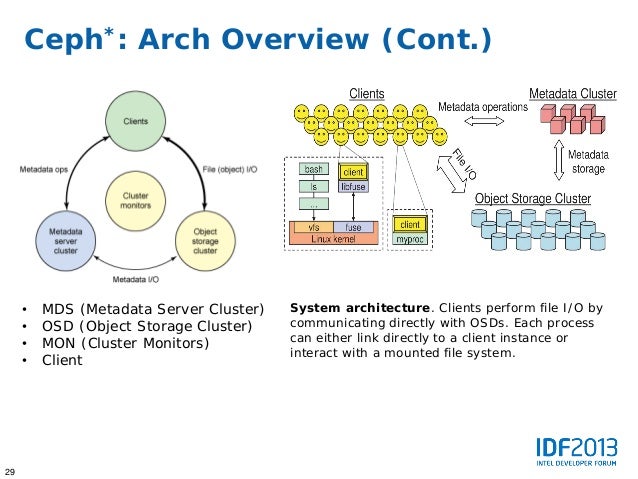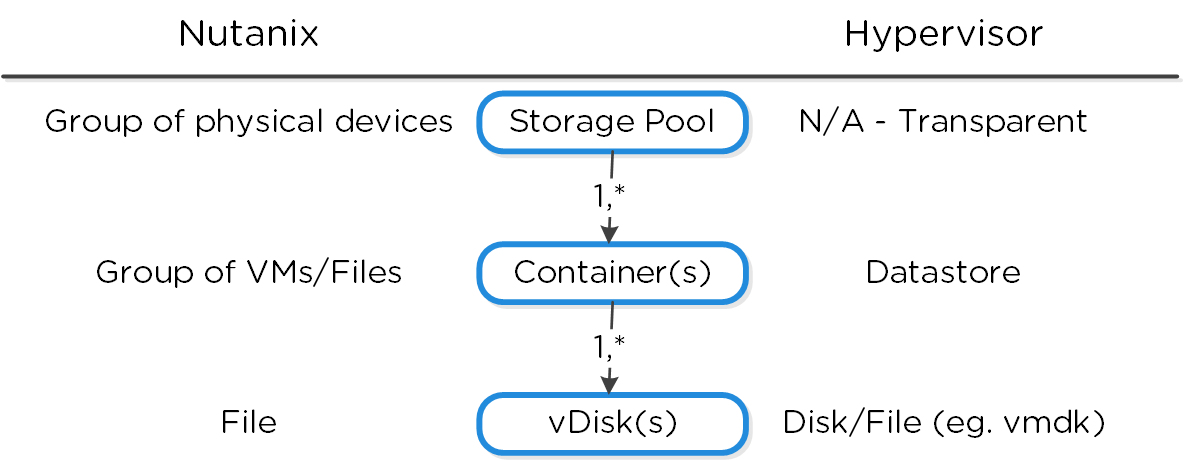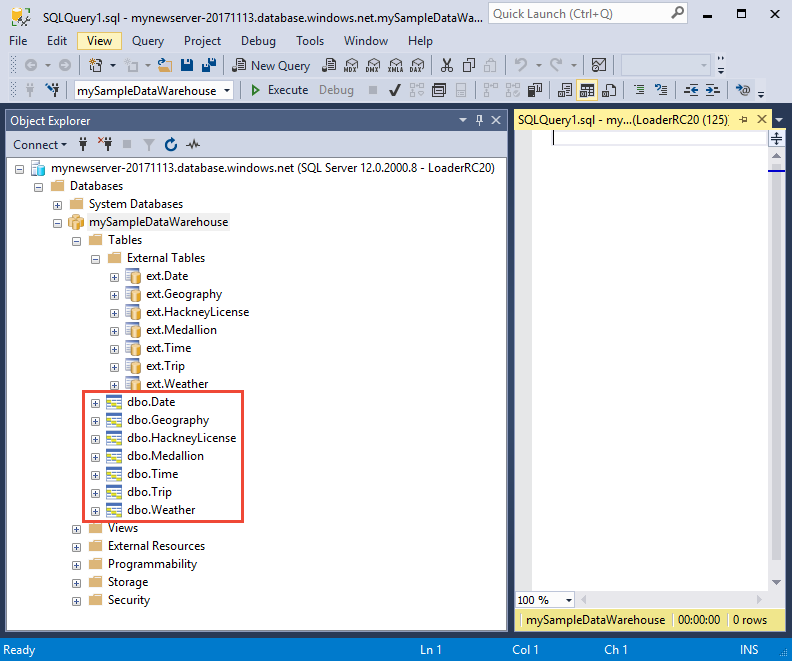Critical Capabilities For Scale Out File System Storage Structures
The definition of backup has changed. Backed up files or databases were typically put into some type of container, such as tar. This was always the case with backup tapes, because there was simply no way to directly transfer a file to a tape. When backups started being stored on disk, the tradition of putting backed up data into a container continued – if for no other reason than inertia. Many people feel part of what constituted a backup was this format change. However, many do not agree, including Storage Switzerland and Gartner.For example, Gartner includes in reports entitled Critical Capabilities for Data Center Backup and Recovery Solutions and Magic Quadrant for Data Center Backup and Recovery Solutions products that store copies in their native format.
- Critical Capabilities For Scale Out File System Storage Structures Online
- Critical Capabilities For Scale Out File System Storage Structures For Kids
Storage Switzerland believes one of the reasons that people’s understanding of backup changed is that people use backups – or simply copies of their data – differently than they used to. Customers are now starting to use copies of their data for multiple purposes, including development and testing, as well as data analytics and other data monetization projects.This unfortunately is at odds with how traditional backups work. Data analytics aren’t possible when you store your backup in a container that requires a restore to access the data. In addition, traditional backup can only be used for dev/test by restoring something to an alternate location. Essentially, traditional backup products were really only designed to restore data; doing anything else is problematic.But having a backup system that can accomplish multiple purposes helps to justify the cost of the system, something that can only be seen as a benefit to good data protection. This is why many “backup” products are starting to see things the other way around.
They store copies of data that can be used for many things, only one of which is recovery of damaged or lost data. Use Cases of Data Center Backup and Recovery SolutionsWhere backup products are used has changed. It wasn’t that long ago one could count on backup software running in a data center located in a single place on a single type of infrastructure. Specifically, everyone used physical servers and some type of disk storage system that you could see. Now almost everything is virtual.
According to Gartner’s report, backups are now found in three use cases that they call balanced physical and virtual, fully virtualized, and the public cloud. It’s interesting to note Gartner does not seem to think anyone has a purely physical environment anymore.The first use case Gartner covers is balanced physical and virtual resources inside one or more data centers. Almost every environment has experienced virtualization to some degree, and most who have experienced virtualization have decided to expand its use within the data center. However, not all applications are easy to justify a VMware license for; therefore, there are plenty of applications that still run on physical servers. Companies with mixed physical and virtual servers need a backup product that can handle both types of environments.
Purchasing, installing, and learning two different backup products increases the cost and complexity of the backup infrastructure and also increases the risk of data loss due to a mistake.The second use case, fully virtualized, is companies that have grown so fond of the capabilities of virtualization that they decided to virtualize all applications. This may cost them more in terms of virtualization licenses, but they believe that being able to manage all servers in the same way – and back them up the same way – outweighs the associated costs. Companies that are fully virtualized should definitely select a backup product that is strong in this area, and therefore have some products available to them that those with mixed environments may not be able to use.Finally, it is no great surprise that Gartner sees the public cloud as the final use case for backup and recovery software. When companies were using the public cloud only for development and testing, backup and recovery really wasn’t an issue. The VMs running in the cloud were simply copies of VMs on-site; there was nothing to backup. Things have definitely changed and companies are running production workloads in the cloud like never before. And contrary to popular belief, applications running in the cloud need to be backed up just as much as those running in your data center.
In fact, applications running in the cloud have additional risks that you must now account for. Specifically, having your application directly accessible to the Internet makes it easier for hackers to go after your company and cause all sorts of damage. Not backing up production applications in the cloud is a really bad idea. Critical Capabilities for Data Center Backup and Recovery SolutionsThe following is a list of what Gartner considers to be the critical capabilities of a backup product for today’s applications. Storage Switzerland thinks this is an excellent list of capabilities needed in a backup product.
Each is arguably quite important, but some are certainly more important than others, depending on your use case.On-Premises Virtual Machines: This capability focuses on instant backup and recovery for virtual machines and is primarily focused on VMware.


EMCEMC Corporation is a global leader in enabling businesses and service providers to transform their operations and deliver IT as a service. Fundamental to this transformation is cloud computing.
Critical Capabilities For Scale Out File System Storage Structures Online
Through innovative products and services, EMC accelerates the journey to, helping IT departments to store, manage, protect and analyse their most valuable asset - information - in a more agile, trusted and cost-efficient way. Additional information about EMC can be found at.EMC and Isilon are registered trademarks or trademarks of EMC Corporation in the United States and other countries.

Critical Capabilities For Scale Out File System Storage Structures For Kids
All other trademarks used herein are the property of their respective owners.(1) Gartner Critical Capabilities for Scale-Out File System Storage, 24 January 2013, by Arun Chandrasekaran and Pushan Rinnen.